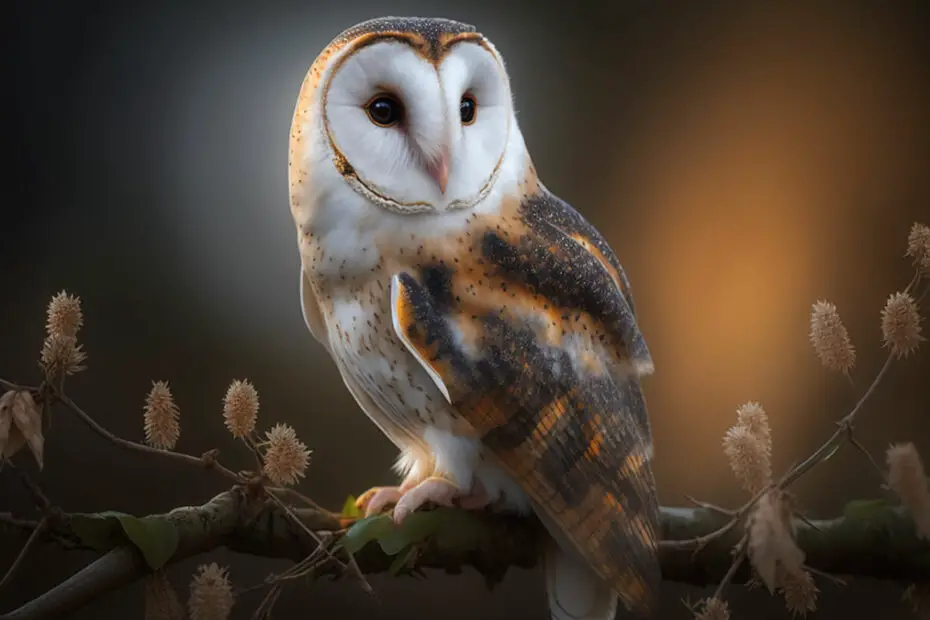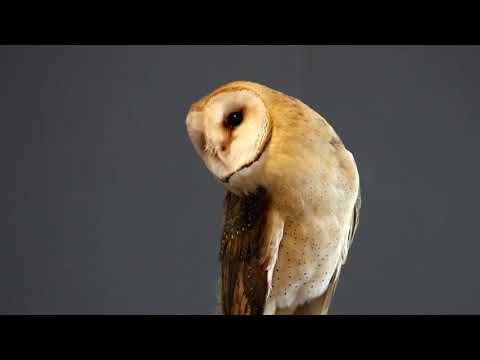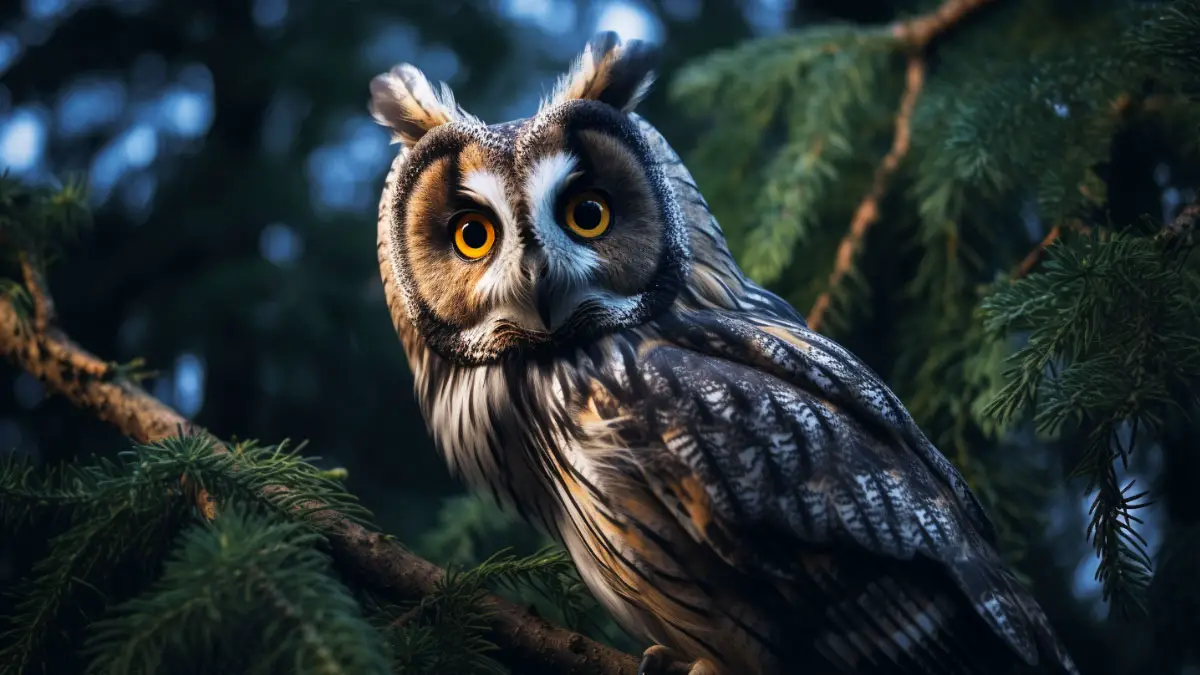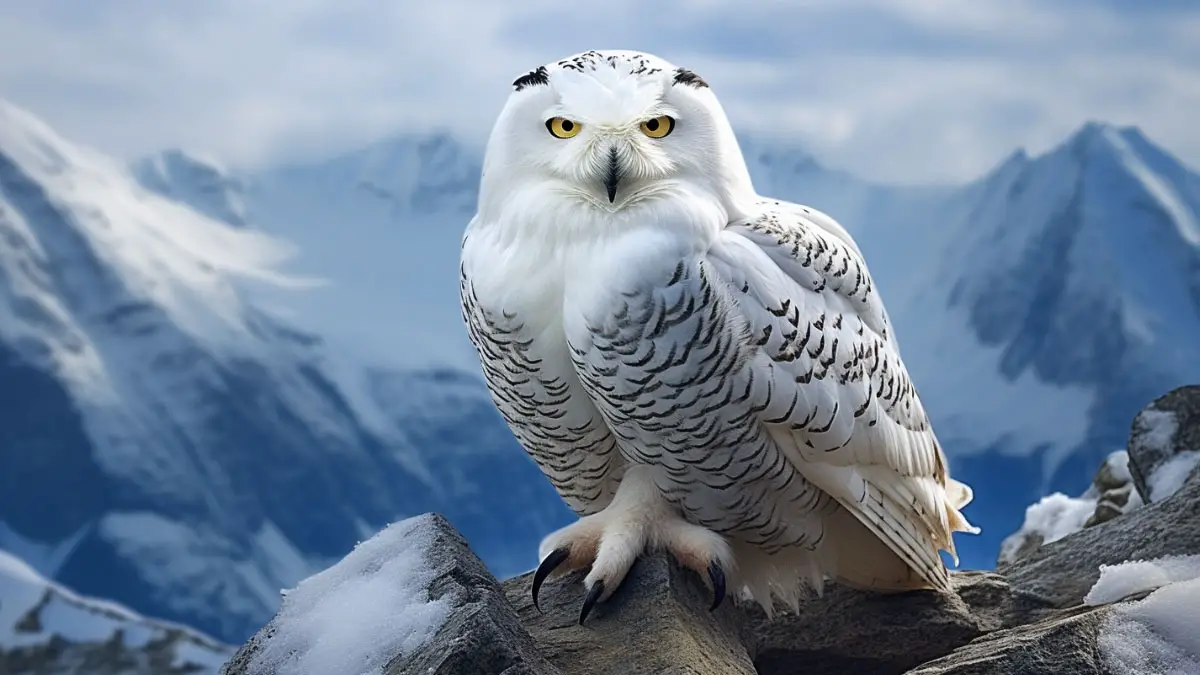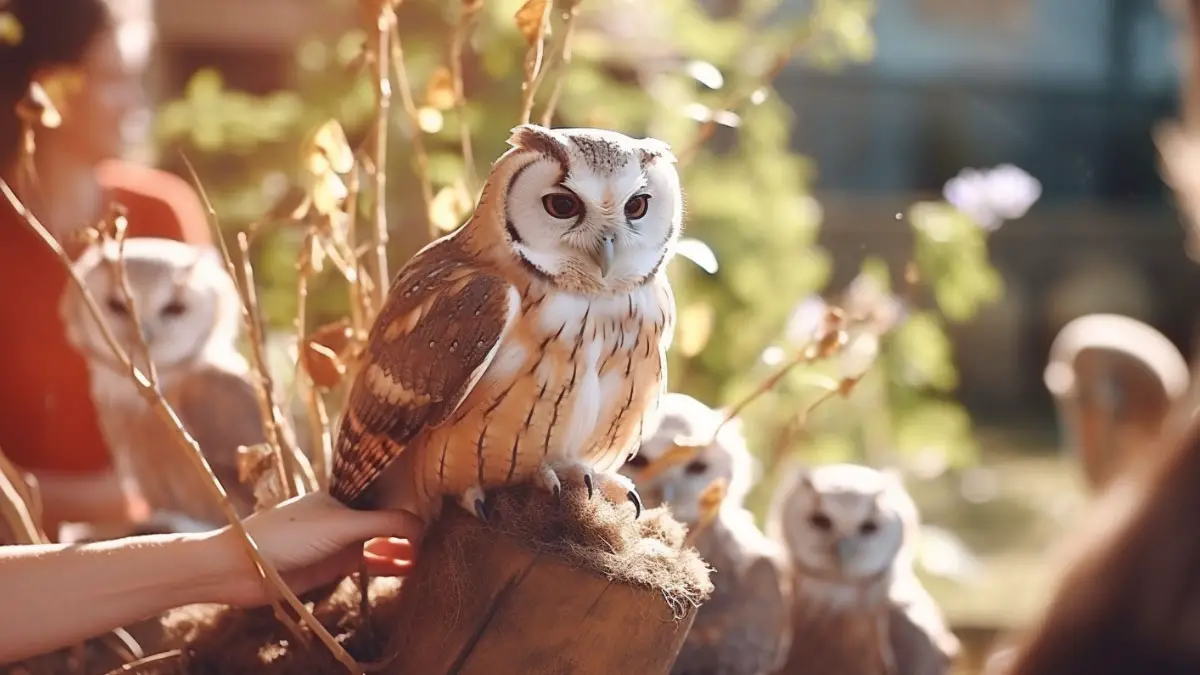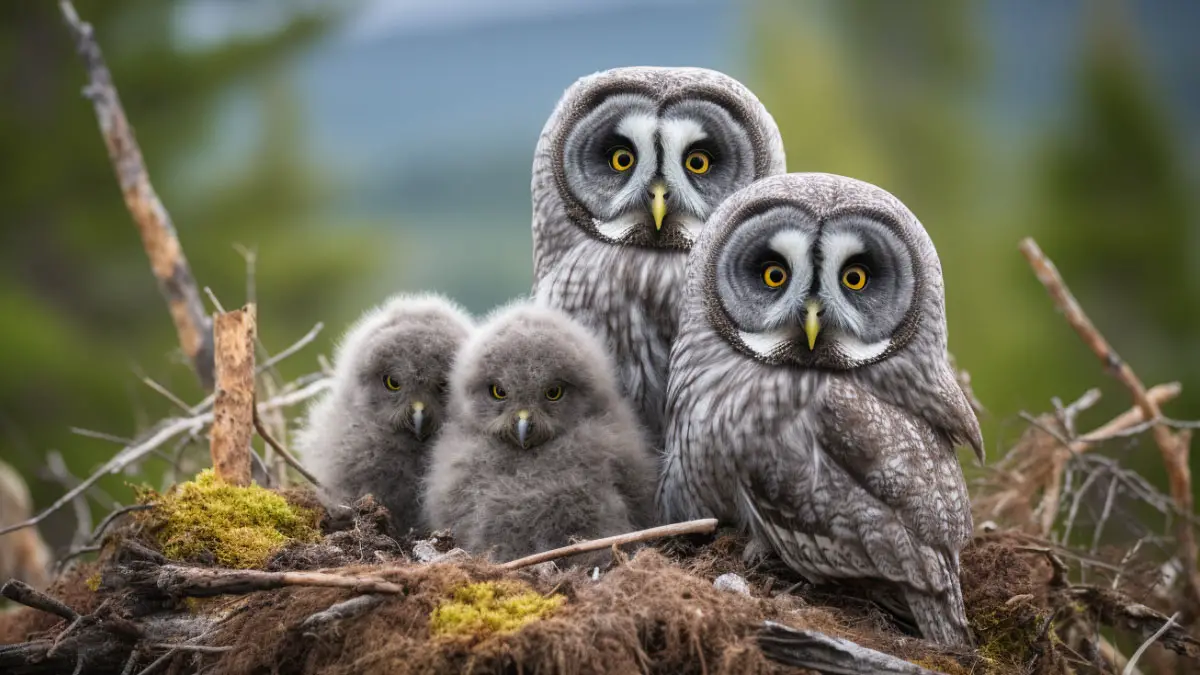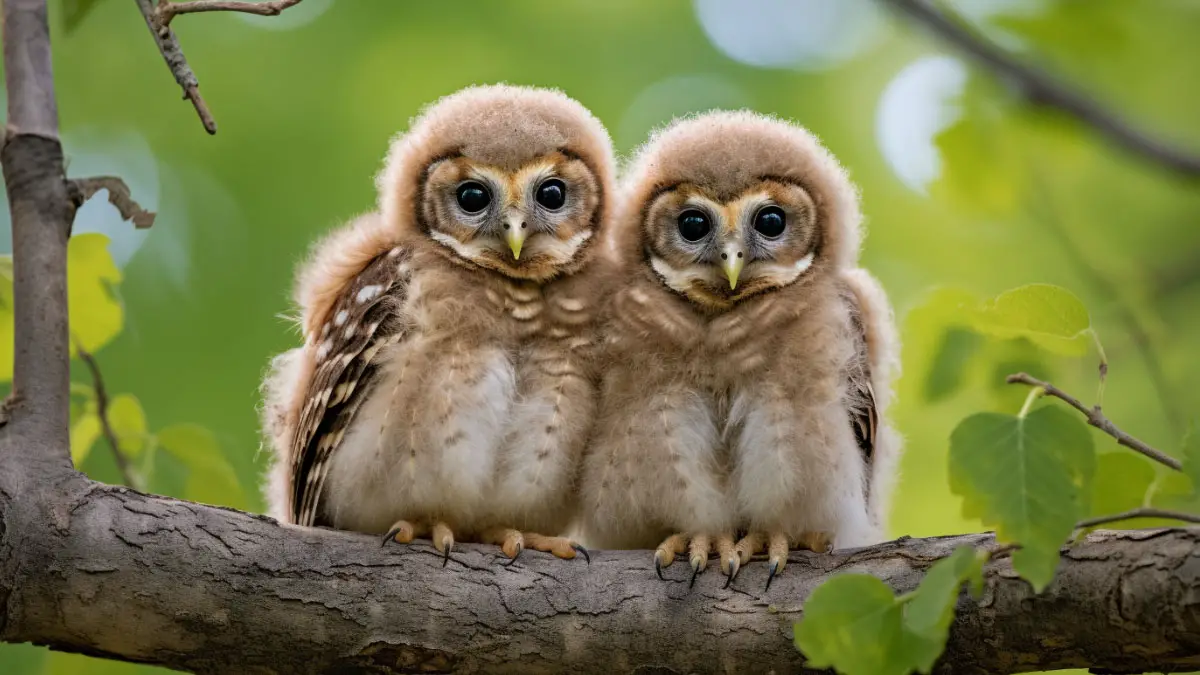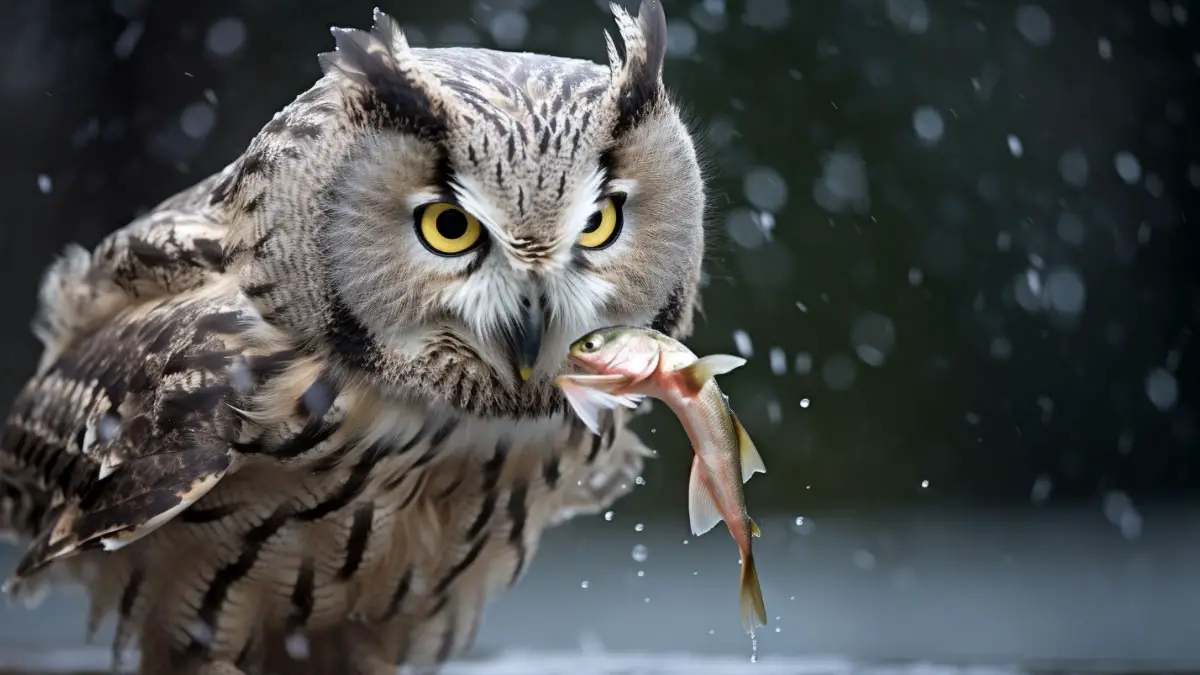Owls bob their heads from a young age. They have flexible necks that make bobbing easier for them. However, there are many reasons and purposes behind an owl bobbing its head. Sometimes you may see an owl bob head toward you.
So, why do owls bob their head? Does that mean anything? They bob their head to hunt prey, communicate with other owls and birds, and have better vision and clear hearing. Besides, the flexibility of owls’ necks allows them to rotate their head to 270 degrees.
In this article, we will discuss the science of owls’ eyes and the reason behind their head bobbing. If you are curious about this fact, staying with the article will benefit you a little bit.
Why Do Owls Bob Their Heads? Does That Mean Anything?
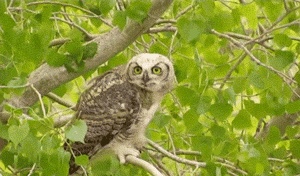
The primary reason behind bobbing their head is that they can’t rotate their eyes inside the socket. However, there are many more reasons behind bobbing their heads. We will discuss them one by one in detail below.
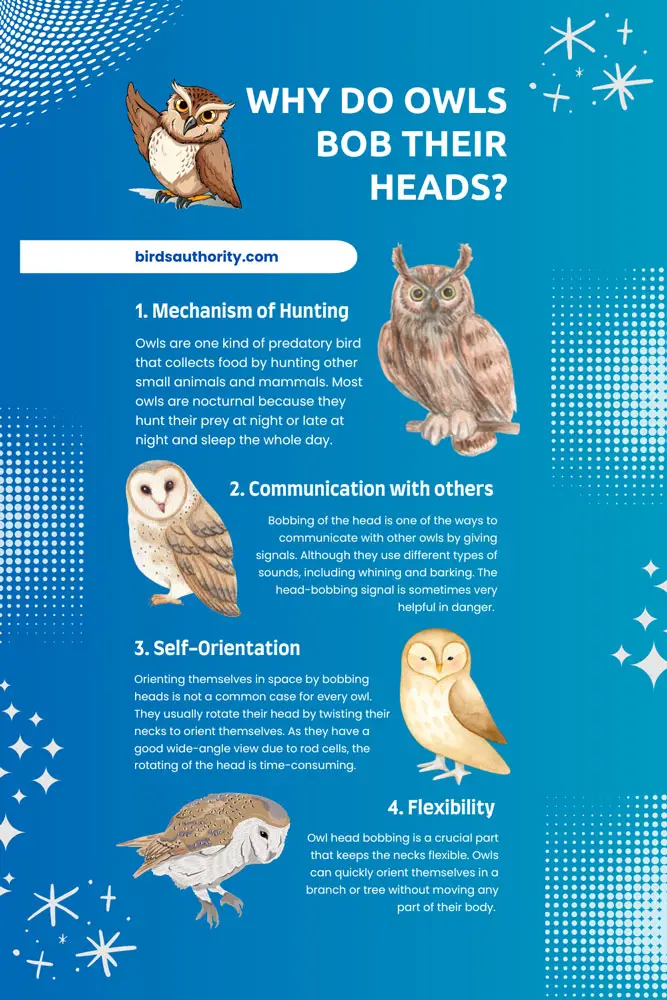
1. Mechanism of Hunting
Owls are one kind of predatory bird that collects food by hunting other small animals and mammals. Most owls are nocturnal because they hunt their prey at night or late at night and sleep the whole day.
And better hunting depends on vision and hearing ability. That’s why Owls have big eyes compared to others. Thus, they can see well at night and notice their prey accurately.
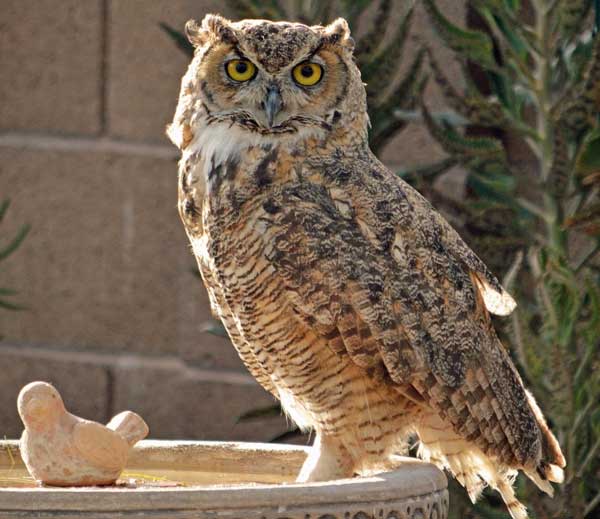
Moreover, their eyes aren’t fully sphere-shaped. This is where Owl’s vision is different from that of humans. Because having big eyes, owls can’t rotate and move their eyes in the socket. They have to bob their head to see things and prey.
Additionally, owls’ eyes have more rod cells than cones, and the rod cells are too light-sensitive. The purpose of rod cells is to provide a good view from a wide angle. This sensory thing alerts owls immediately if there is any sudden movement of prey. And the Owls bob their heads to detect them accurately.
2. Communication with others
Bobbing of the head is one of the ways to communicate with other owls by giving signals. Although they use different types of sounds, including whining and barking. The head-bobbing signal is sometimes very helpful in danger.
The owls are very companionable creatures. Often you will see them living together in one nest. Sometimes, the whole family lives together to adapt their children to the environment. At that time, the owls learn to communicate by bobbing their heads.
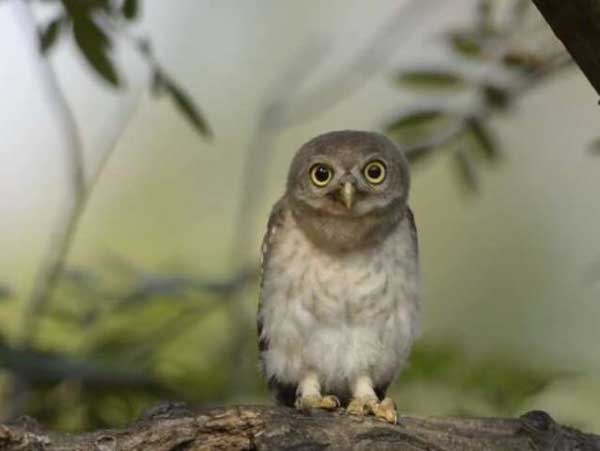
They give signals to other owls of a food source by bobbing their heads downward. The other owls who see the signal will go hunt the prey. They communicate with signals because if the prey hears any dangerous sound around, it may go beyond sight immediately.
Moreover, they warn other owls of potential danger by bobbing their head upside. But sometimes, the predator may notice the signal of the owls and comes with a better preparation with more frightening looks.
3. Self-Orientation
Orienting themselves in space by bobbing heads is not a common case for every owl. They usually rotate their head by twisting their necks to orient themselves. As they have a good wide-angle view due to rod cells, the rotating of the head is time-consuming.
Therefore, they just bob their heads up and down to ensure the vision of their surroundings. If there is any branch in a space, they can easily locate it by bobbing their heads. The judgment is so quick while bobbing heads than rotating the heads.
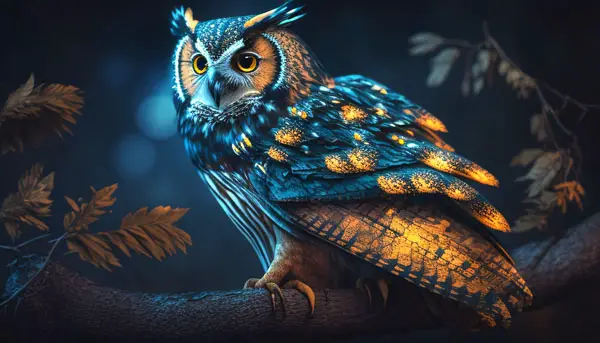
Thus, head bobbing will allow examining the distance of a branch or space immediately. Likewise, a juvenile owl shakes its head strongly and more dramatically since they are young. The erratic bobbing of the head allows them to track anything on their route more accurately than others.
4. Flexibility
Owl head bobbing is a crucial part that keeps the necks flexible. Owls can quickly orient themselves in a branch or tree without moving any part of their body.
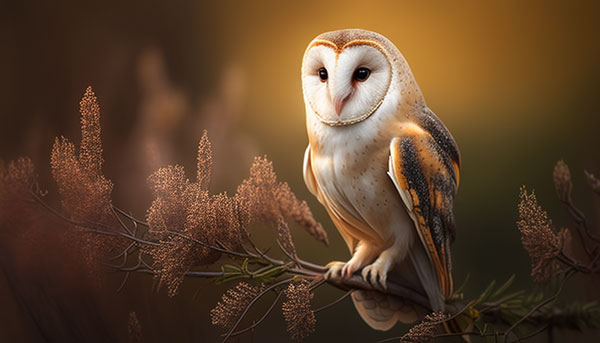
However, baby owls need to learn bobbing heads to judge the external environment so fast. Besides, they can communicate with others accurately. Research shows that Owl bobbing head relaxes the muscles of necks as well as for better blood circulation.
Why Barn Owls Bob Their Head So Much
Barn owls are the most famous and you can see them all around the world. Sometimes they rotate their head to 270 degrees immediately to examine their food source by accurate vision and hearing. They also have other reasons to do that.
Here is a YouTube video of how a Barn Owl bobs head.
1. Accurate Vision
Barn Owls have to catch prey and be aware of the danger to survive. To catch or hunt prey, they have to measure and locate the distance accurately. Owls estimate these by bobbing their heads up and down. After estimating the location of the prey, they attack like stealth bombers to finish their work.
Besides, clearing the vision is the primary reason for bobbing Barn Owls’ heads. As they can’t rotate their eyes, they bob to see the clear image and to stabilize the vision of their surroundings. This helps mostly when the owls are walking on the ground.
2. Clear Hearing
Owl head bobbing is helpful in hearing sounds clearly around them. When a food source or prey comes near a Barn Owl, the owl bobs its head to concentrate on the noise. As they hunt for maximum time in the dark, detecting sounds helps them to locate the prey’s exact location.
Barn Owls can detect the direction of prey by detecting the sounds. They swivel their heads immediately from one direction to another direction to discriminate the sounds. For this reason, they can easily detect the prey and attack them in the exact position.
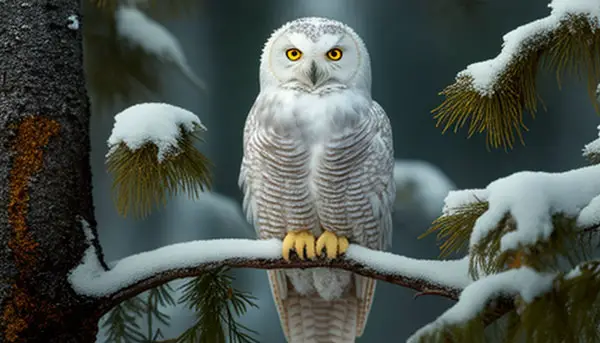
Another reason for bobbing their heads is the ears they have are not equal to each other. For this reason, owls don’t hear the same level of sounds in both ears that comes from a particular object. The Barn owls bob their heads to gather sound at the same time at equal levels.
Why Do Owls Turn Their Heads Upside Down
As owls can’t move their eyes into their socket, they bob and rotate their head for survival and communication. Most of the time, owl head turn takes place upside down, which is a specific signal to other owls.
Owls communicate with each other in many ways. Whining and barking are common ways. But sometimes they need to communicate silently in a dangerous situation or signal for a food source.
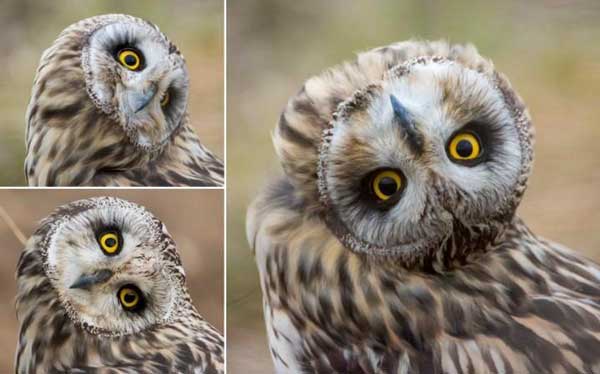
Owls give signals of potential danger by turning their head upside down. Also, they measure a specific distance of a location.
Why Do Owls Rotate Their Heads 270 degrees?
The owl’s neck is so flexible that it can rotate its neck up to 270 degrees. This flexibility gives the owls to bob constantly and allows them to look around without moving their shoulders.
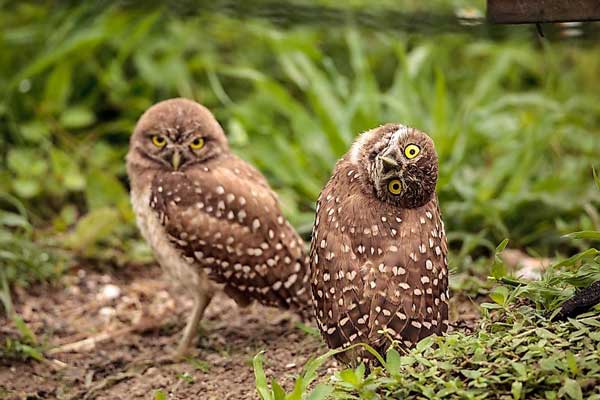
As their eyes are non-rotatable and fixed in sockets, they have to rotate their head to judge and examine their prey and be aware of predators. For this reason, sometimes, they have to rotate 270 degrees for better judgment.
Frequently Asked Questions
In this FAQ section, we will answer and discuss some relevant questions for your better understanding.
The owls can rotate their heads at an angle of 270 degrees. Some owl head turns can be more than 270 degrees. Their heads are more flexible than humans because only a single socket pivot connects their heads.
Owls have too many muscles and vertebrae in their necks that help them to stabilize their heads even if their bodies are in motion. Also, they bob and can rotate their heads while their body is in stable condition.
Owls bob on music because of the link of motor parts with auditory in the brain. Although owls always bob their head for their survival activities mostly. whenever an owl hears any tempo of the music, the owl bobbing head can be noticed.
Conclusion
Bobbing an owl’s head is natural. Even most birds bob their heads for many purposes. Being nocturnal creatures, owls must bob or rotate their head for hunting and be aware of any potential danger.
Throughout this article, we answered both questions: Why Do Owls Bob Their Head? Does That Mean Anything? We provided every possible reason for bobbing owls’ heads. Sometimes you may see an owl bobbing its head in idiotic nature; this is one kind of strategy to hunt prey.
